FRS

Filtered Rayleigh Scattering (FRS)
The non-intrusive Filtered Rayleigh Scattering (FRS) method is well suited to measure the temperature, velocity, density and pressure in unseeded gas flows. It was developed and proved by DLR. The light source is a high power cw-Laser with a precisely adjustable wavelength. The Laser is used to create a light sheet with a homogenous intensity distribution over the entire cross-section. The FRS method is based on the acquisiton of the intensity of the Rayleigh scattered light from gas molecules in a laser light sheet spectrally filtered by a molecular filter, a iodine cell. The absorption spectrum of iodine is used to eliminate the scattered light of walls and Mie scattered light. The intensity signal in the light sheet is then focused on a sCMOS chip behind the iodine cell.
The shape of the frequency spectrum is influenced by flow field parameters temperature, pressure, Doppler shift and the composition of the gas. Knowing the composition of the gas and the exact shape of the iodine absorption spectrum therefore enables determining the parameters temperature, pressure, velocity and density by using the Tenti model. To gain the information needed for the model to reconstruct the flow parameters the laser frequency is varied systematically in equidistant steps (Fig.3), which is called Frequency Scanning-FRS (FSM-FRS).
Figure 1 shows the FRS measurement setup of a heated free jet. Main objective of the measurement was to determine the temperature distribution in the stream and to compare the FRS measured temperature with that of a calibrated PT100 temperature probe. The results are shown in Figure 2. The temperature distribution in the FRS graph on the left is spatially highly resolved whereas the PT100 graph shows an averaged temperature distribution due to the interpolation of 147 individual measuring points distributed over the entire measurement range. The temperature averaged over 10 pixels in the core stream and in the surrounding area show very similar results in both measurements with less then 0,4% deviation.
The FRS method uses the elastic light scattered from molecules and does not need additional particles in its setup. This fact makes it interesting for environments where seeding particles cannot be added easily or where there are few particles in principle (e.g. cryogenic wind tunnels). Other applications are small regions of interest where a measuring probe would negatively interfere with the gas flow, turbulent and high temperature flows (100-2000K) and of course measurements where the various flow quantities should be acquired with only one simple setup. Furthermore the proportional dependence of the intensity in the Tenti model on pressure makes FRS especially suited for high pressure environments (e.g. combustion chambers, turbomachinery).
The ILA R&D FRS system consists of the high power laser source, a wavemeter, lightsheet optics, the FRS camera module with the iodine filter (Fig. 4), the INDIO Controller and an FRS PC. All hardware signals come together in the INDIO Controller, which controls i.a. the wavelength, light sheet, laser power and iodine cell temperature. All of this is incorporated in the ARES-Software, which offers a comprehensible design, full control of all settings and easy-to-follow steps that are necessary for performing measurements.
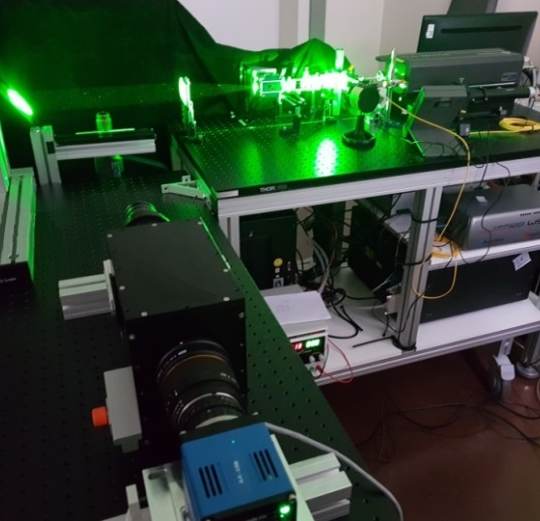
Fig. 1: FRS mesurement setup with Laser and Camera Module.
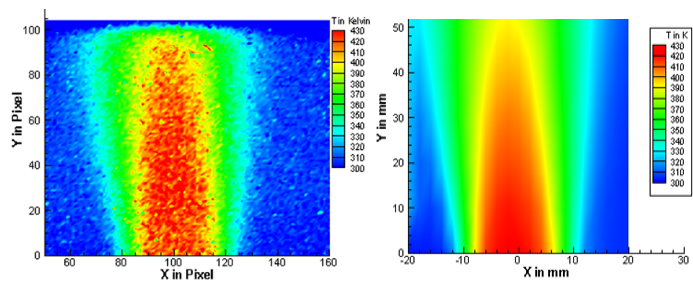
Fig. 2: Comparison of the FRS temperature measurement (high spatial resolution) with a averaged PT100 measurement in a free jet.
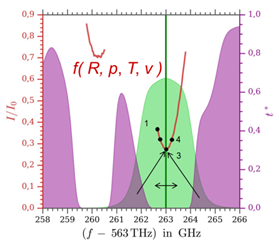
Fig. 3: Convolution of the intensity of the rayleigh scattered light with the filter curve of the iodine cell.
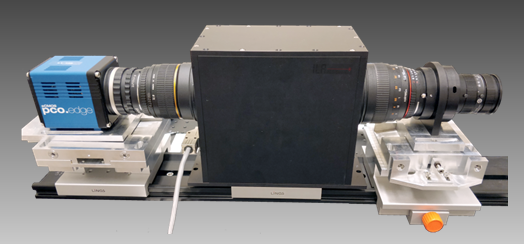
Fig. 4: Camera modul with iodine cell.
FRS for the investigation of intake flows in aircraft turbines
In the development of novel aircraft concepts, the reduction of fuel consumption and emissions is an important aspect. In this context, new concepts are being developed that integrate the engines into the aircraft body. This causes, e.g. due to boundary layer flows, disturbed steady-state and transient inflows to the engines, which significantly affect their aerodynamic load and operational behavior.
In the EU research project SINATRA “Seeding free non intrusive aero engine distortion measurements”, the possibility of using the Filtered Rayleigh Scattering technique (FRS) for seeding-free investigation of inlet flows in engines on the test bench and potentially in flight tests is therefore being investigated. To this end, FRS measurements are first performed on a simplified flow experiment in order to optimize the experimental setup, characterize the measurement system and determine the measurement uncertainty. In a second step, FRS measurements of the pressure and velocity field are performed on a test rig designed for the investigation of engine intakes at Cranfield University.
The simplified experimental setup (Figure 5) consists of a conditioned pipe flow with an inner Diameter di= mm. In this measuring cross-section flow velocities of approx. 30 to 100 m/s can be generated. Optical access is provided by an anti-reflective-coated glass tube. The laser light sheet is coupled in via a slit in the glass tube.
To allow the simultaneous determination of three velocity components, the pressure and the static temperature, the measurement cross-section is viewed from six perspectives through a 6-arm image fibre bundle with about 50000 fibres per arm and imaged onto the sensor of the camera.
For the undisturbed flow case the comparison of the FRS velocity results with LDA measurements shows a very good agreement with deviations less than 1%.
In the next step, measurements were made behind a swirl generator (Figure 7), which was first installed 0.25 D and then approx. 7 D upstream of the measurement cross section.
The next figure 8 shows the measured 3C velocity distribution approximately 20 mm behind the swirl generator for the operating point of 30m/s 100m/s (10V). For this operating points, the circumferential components of the velocity in the secondary flow are clearly visible. Even the wake dents of the four swirl vanes are well identified, especially in the distribution of the axial component w. In the centre of the flow field, a backflow region is evident.
To test the FRS temperature measurement, hot air with comparatively low velocity was fed through a glass tube into one of the swirler’s passages. Compared to the corresponding results in Figure 8, a lower velocity region is clearly visible in the axial velocity component w in a partial segment behind the swirl generator (Figure 9). The contour drawn corresponds to the zone of increased temperature due to the hot gas injection. The contour drawn corresponds to the zone of increased temperature (Figure 10) due to the hot gas injection.
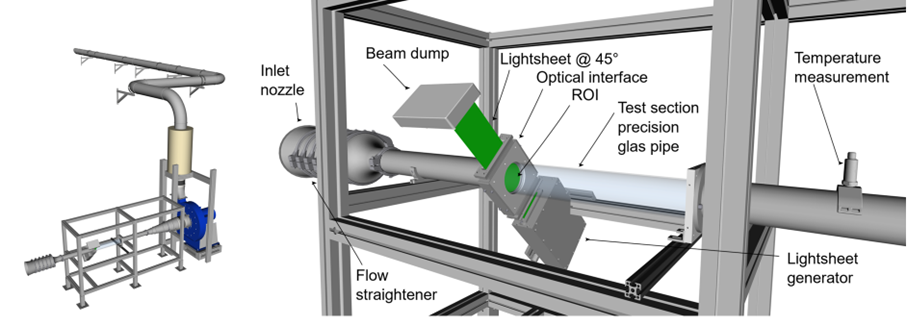
Fig. 5: Test rig for the investigation of pipe flows

Fig. 6: Components of the FRS measurement system with image fibre and installation at the test rig
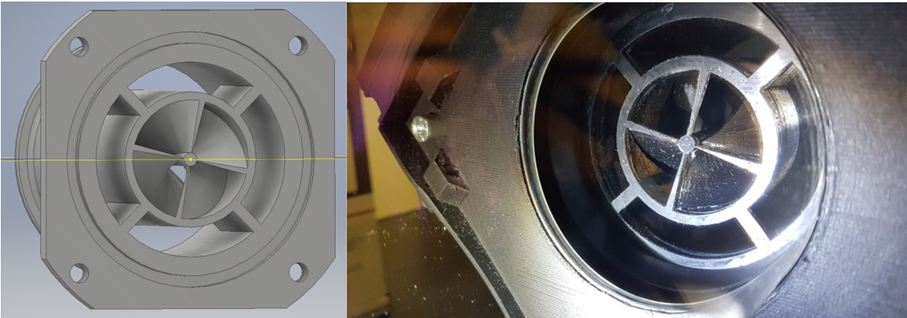
Fig. 7: Swirl generator with four channels for installation in the test bench
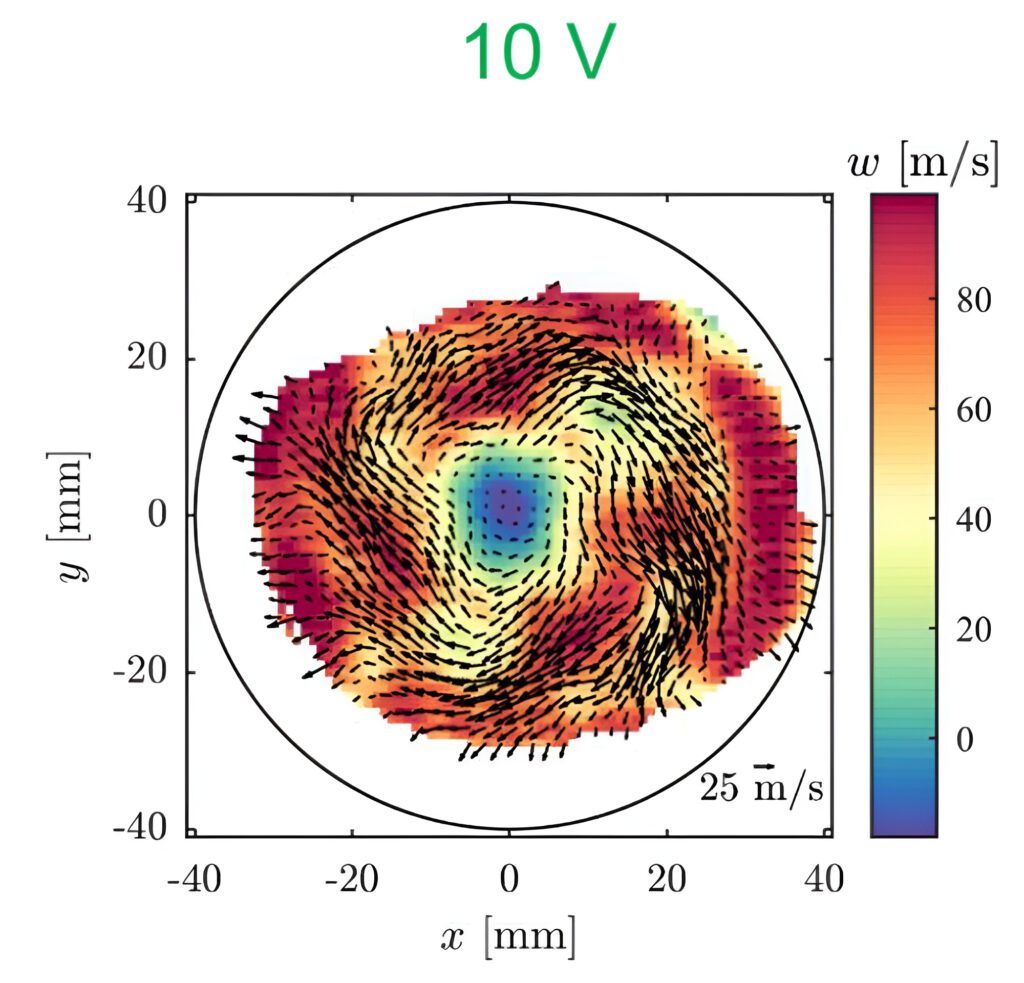
Fig. 8: Velocity distribution 20mm behind the swirl generator
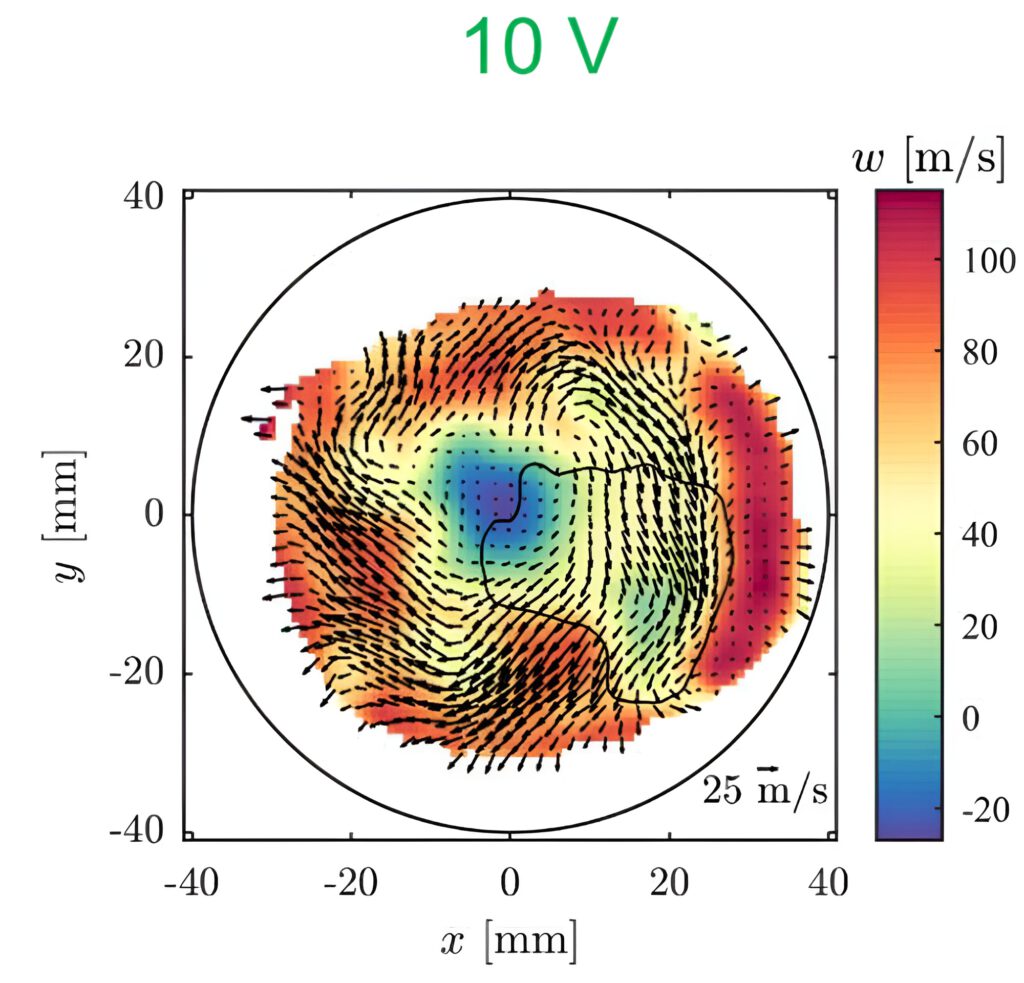
Fig. 9: Velocity distribution 20 mm downstream of the swirl generator with warm air blown in one channel


